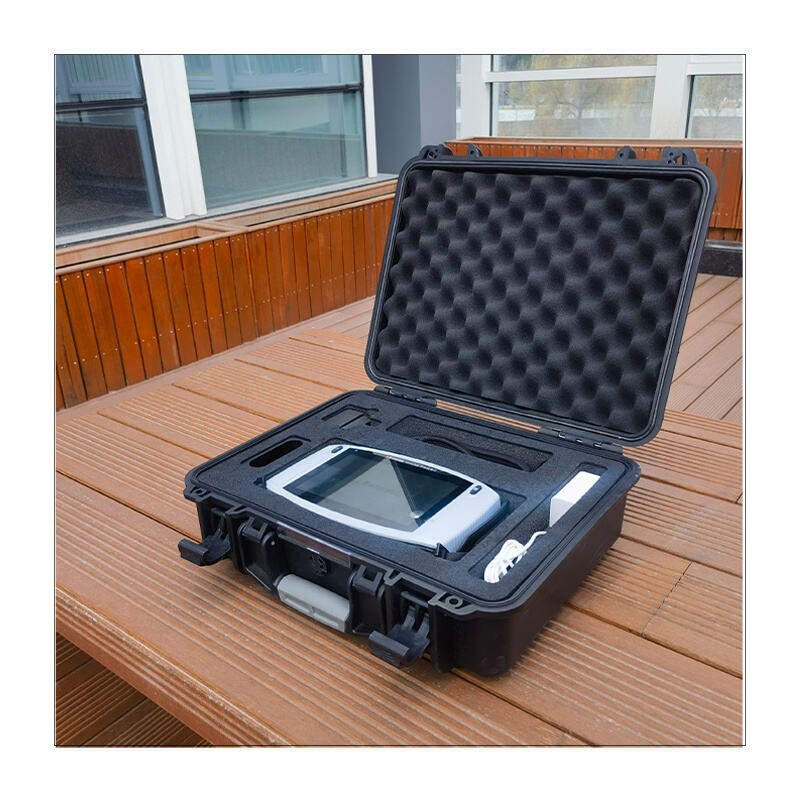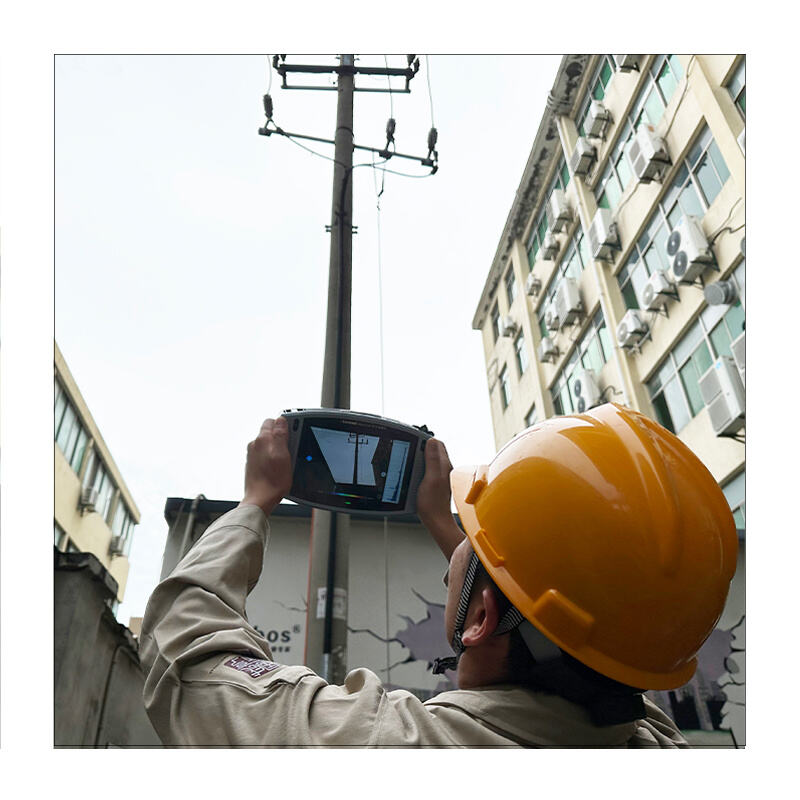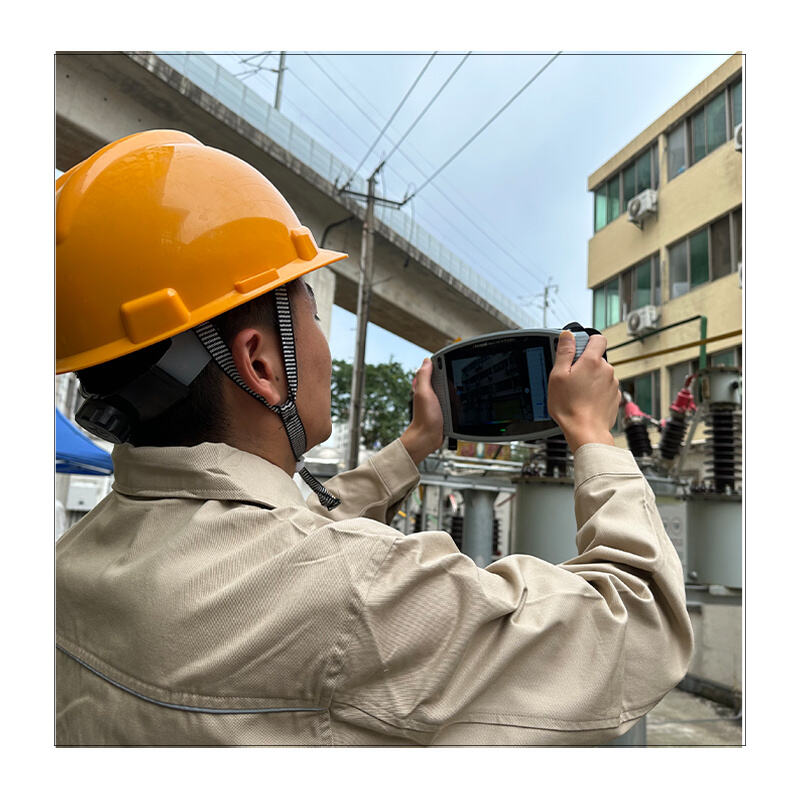 EN
EN
 EN
EN
Infrared thermal imaging cameras are specialized equipment used to visualize things that the human eye cannot see. These are extremely useful for several types of work. For instance, firefighters use them to locate hot spots in burning buildings. Hot spots are hot areas that may not be visible to all. By doing so, it assists firefighters in determining where to direct their efforts and assists in keeping people safe.
Construction workers also employ these cameras to identify leaks or issues in walls. A leak can do damage and waste energy. Workers can easily locate issues and address them by utilizing thermal imaging cameras. These are also used by doctors! They can assist doctors in discovering illnesses in human bodies, which is crucial for maintaining peoples’ health.
These cameras detect heat emitted by objects. Everything around us emits some heat, even if we can’t sense it. But our eyes can’t perceive most of this heat. Fortunately, infrared thermal imaging cameras can detect a type of heat called infrared radiation. That radiation is invisible to us but plays a very key role for the cameras.
When the camera spots the heat, it converts it into an image that we can view. This image is known as a thermal image. That’s a bit like taking a photograph, but instead of displaying colors like red or blue, it displays how hot or cold regions of one object are compared to another. For example, warm zones could be represented with bright color and cooler zones with darker.

The tech in these cameras is truly fascinating and fairly complicated. They each have specialized sensors that detect heat and convert it to electrical signals. The signals are then transmitted to a computer housed in the camera. The computer then interprets those signals to create the thermal image we see on the screen.

In the construction sector, for example, these cameras are used to detect insulation issues and leaks that cause energy loss. Identifying these issues at the outset is cost-effective and more environmentally friendly. Preventing leaks and insulation problems means buildings require less energy to keep warm or cool, benefiting everyone.

Doctors for example have infrared thermal imaging cameras which allow them to detect changes in body temperature that could indicate that that person is sick. This is significant because it can aid physicians early detection of diseases such as breast cancer. Diseases caught early are typically easier to treat, and that can save lives.